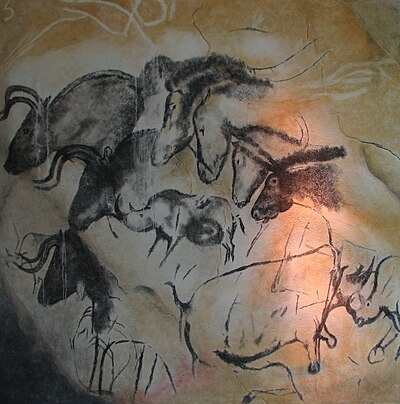What are Open Educational Resources?
Open Educational Resources (OER) are educational materials that are openly available for anyone to access, use, modify and share at no cost.
They come in a bewildering variety of shapes and sizes, but all OERs share some core traits: they are Web-based resources held in openly accessible formats. In addition, most OERs are accompanied by formal ‘open’ copyright licenses.
OER’s include course materials, lesson plans, textbooks, games, software and other materials that support teaching and learning. Although stored digitally, many OERs are available in printable formats, such as handouts and study guides.
Some examples of OERs...
- A poster showing the correct way to assess freshness of seafood products
- A slideshow about daily life in Argentina
- A multi-choice quiz (with answers) about the elements of the periodic table
- A short video showing how to mix concrete correctly
- A chapter from an openly licensed textbook about analysing poetry
- A portfolio of practical learning activities and assessments for hairdressing students
- A full online course teaching basic French, including lessons, assessments and teacher notes
Otago Polytechnic supports the creation of OERs out of new and existing teaching resources. Educators can take a phased approach to converting their own resources into OER form, beginning with the ‘lowest hanging fruit’. These might include small and self-contained resources such as lecture summary notes or assessment questions. It takes more effort to generate a full, multi-media course as an OER, but this can be done incrementally over time with good planning and organisation.
What distinguishes Open Educational Resources from other online resources?
OERs come in many forms, but they share several core attributes. Exact definitions vary, but open educational resources must at a minimum be (1) readily available at no cost, and (2) able to be re-used, revised, re-mixed, and re-distributed by anyone (the ‘4 R’s’ of open educational resources).
In practice, the first stipulation means that the resource must be freely available and accessible online, although OERs can also exist in the physical world – for instance, printed materials such as open textbooks and posters.
The second stipulation requires the resource to be released under an open intellectual property license, such as a Creative Commons license (covered later), or reside in the public domain. In addition, to qualify as true OERs the resources need to be available in an openly editable format. This enables revision, remixing and re-distribution.
Further Reading:
For a more in-depth perspective on OER, a discussion of the various ‘flavours’ of OER can be found at: http://en.wikipedia.org/wiki/Open_educational_resources#Defining_the_Scope_and_Nature_of_Open_Educational_Resources
